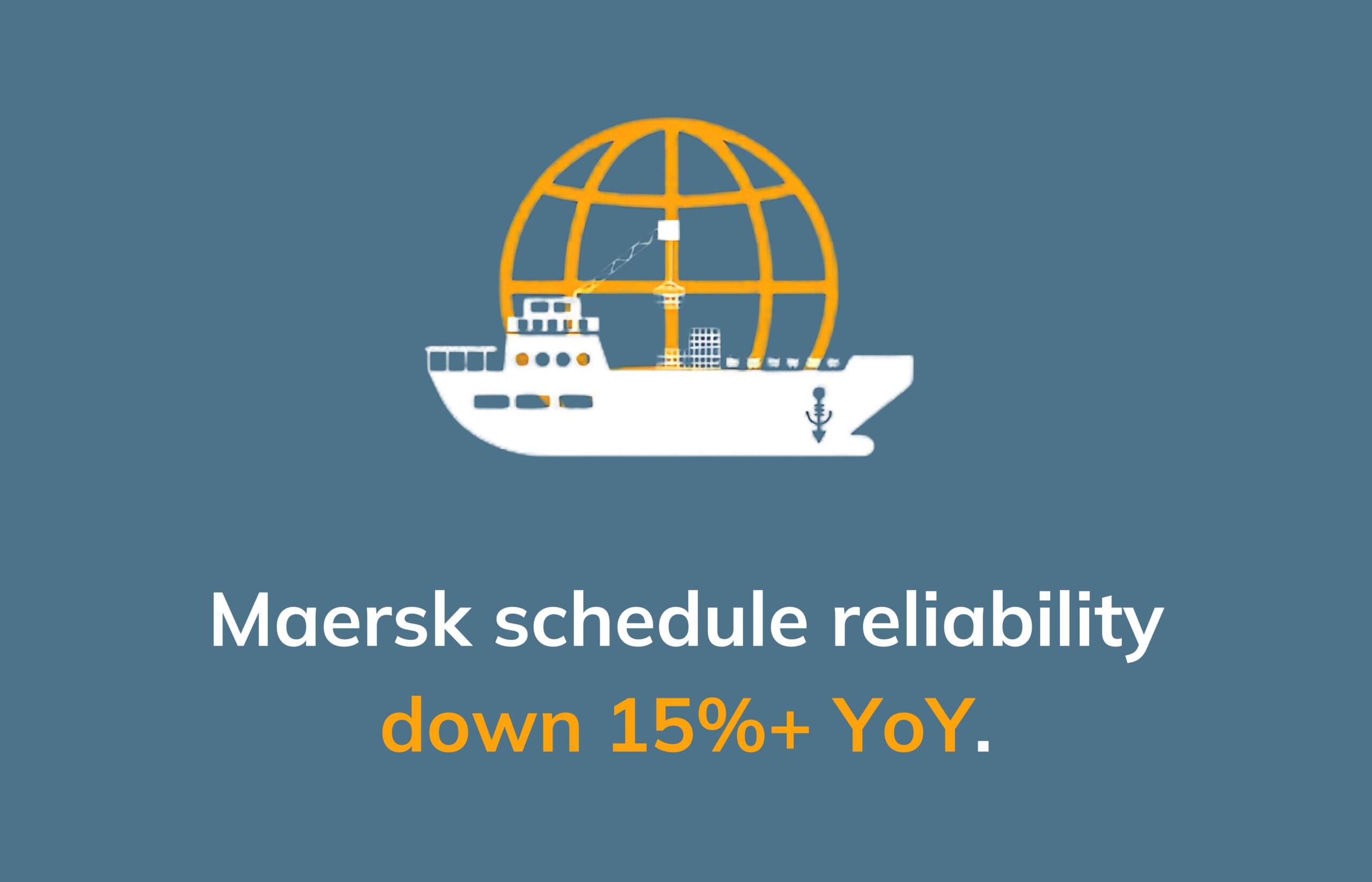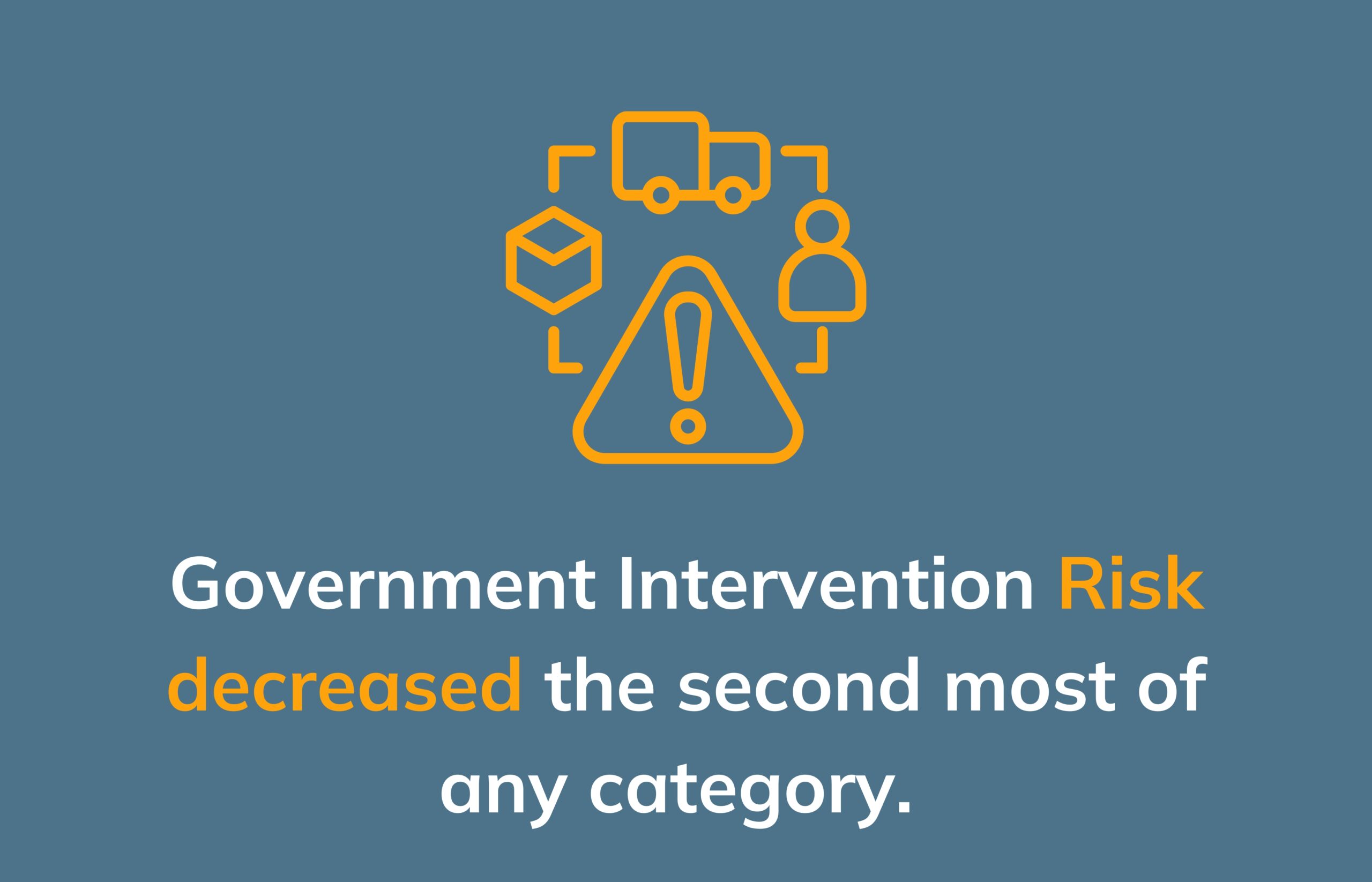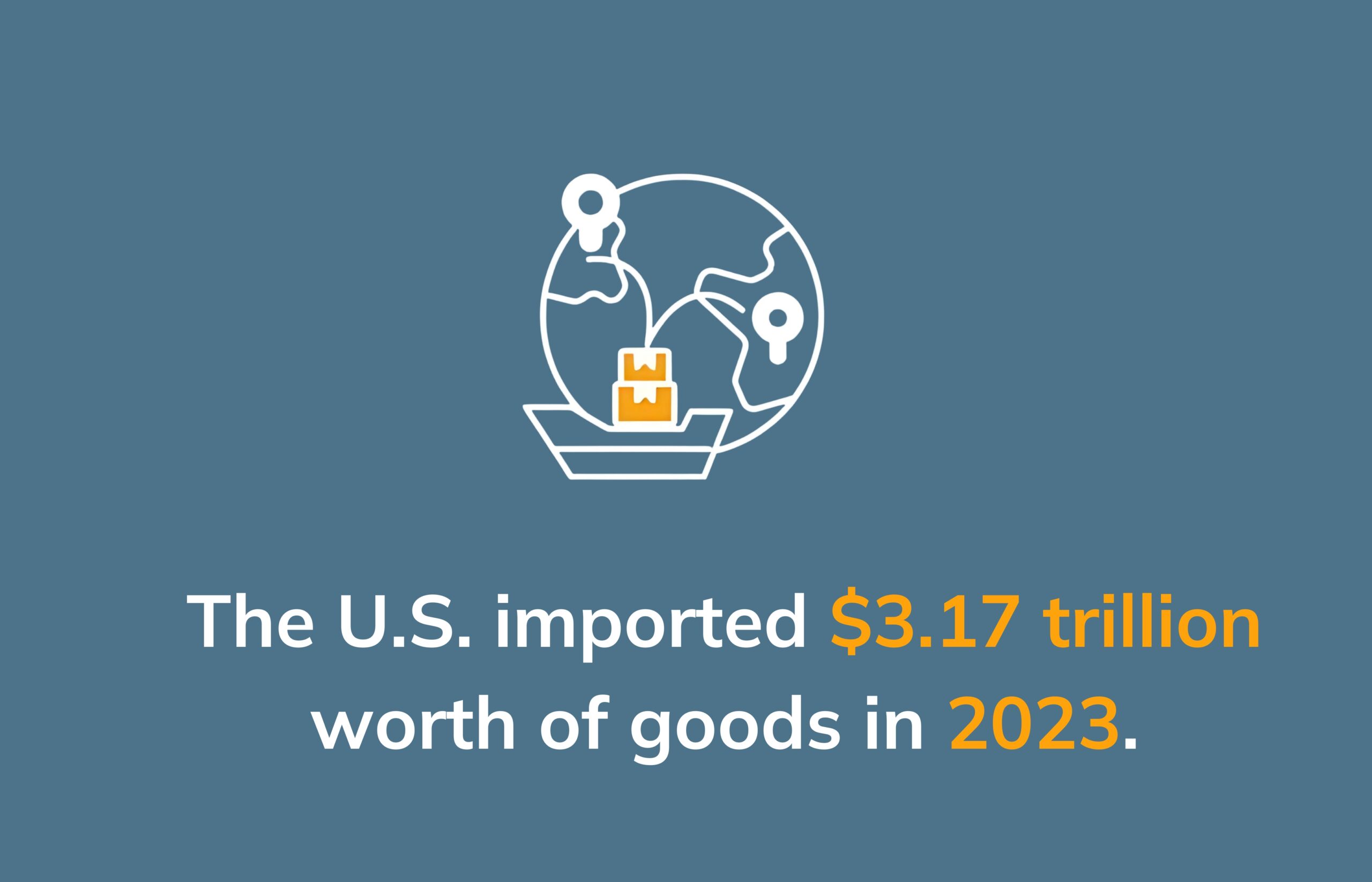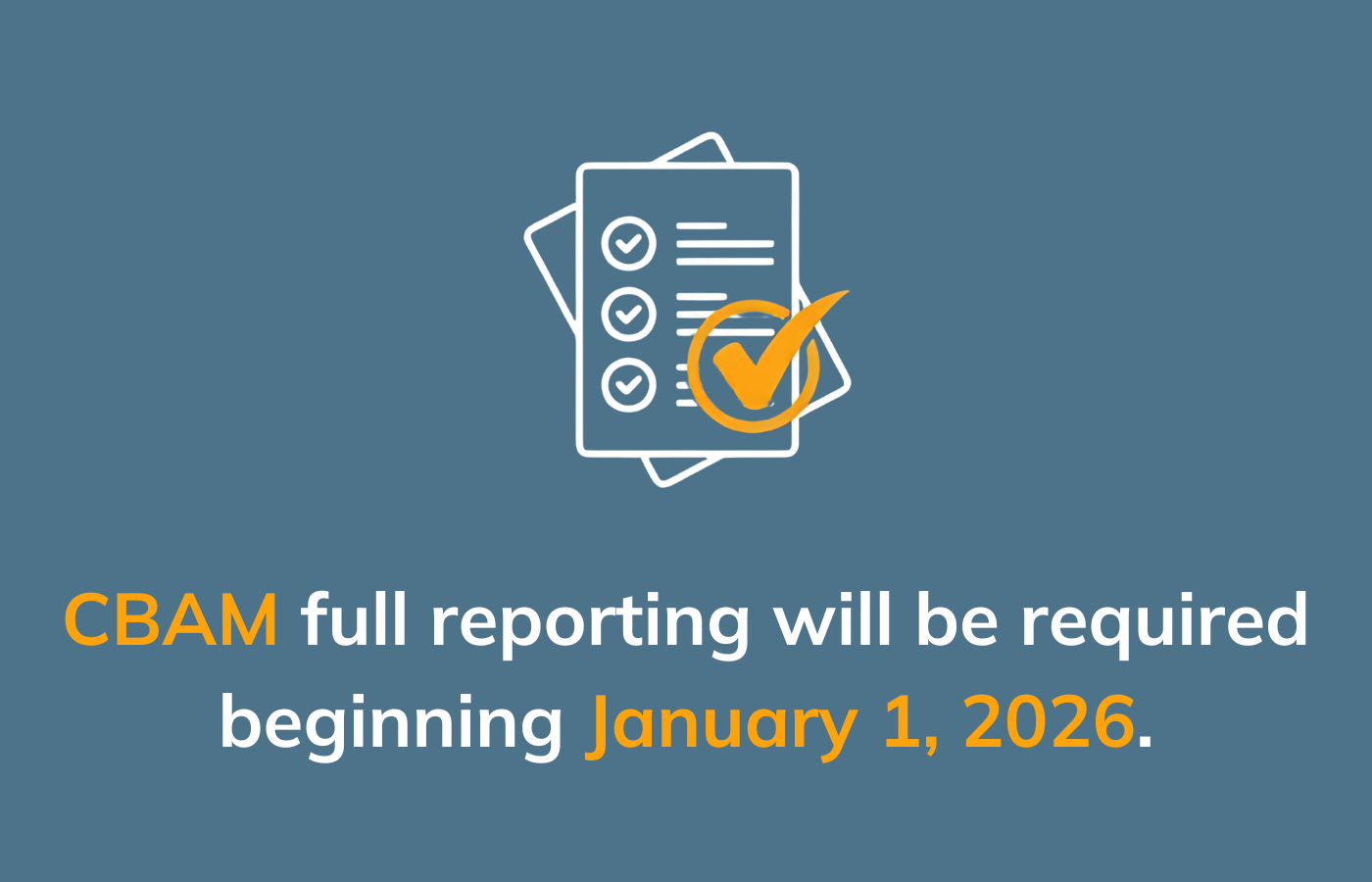
Headlines for Q1 2025
Tariffs, Labor Strife, Geopolitics… and Uncertainty.
Ports & Schedule Reliability
The Headlines: Q1 may be an eventful time for global ports. The potential restart of the US port strike, as well as new tariffs and a disagreement over ownership of the Panama canal initiated by incoming President Trump could be impactful very quickly. Any disruption could further worsen already declining schedule reliability. Maersk, for example, was at the top in reliability in 2023 at 73.5% but fell to 57.9% YTD in 2024.
What’s Important: Reliability is still much better than in 2021 and 2022, but the issues working against global trade seem to be mounting as opposed to getting resolved. And don’t forget, the Red Sea crisis is no closer to resolution. Building supply chain resilience and creating better transparency through shipping technology should be on every company’s list of New Year’s resolutions.

European Update
The Headlines: Companies operating in the EU will have a busy 2025 when it comes to new regulations. Here are a few that need to be prepared for, the most impactful being the Carbon Border Adjustment Mechanism (CBAM) — a tool that puts a price on carbon-intensive products imported into the EU. Others include the EU Deforestation Regulation, Ecodesign for Sustainable Products Regulation, and new Safety and Security declarations for EU imports into the UK.
What’s Important: Implementation of CBAM has already started with quarterly reporting required and the potential for penalties for non-compliance. From January 1, 2026, verification requirements come into full force. Companies should proactively communicate with their non-EU suppliers to ensure compliance and be prepared for enforcement at the end of 2025. Contact Jaguar Freight with any questions.

Ocean Freight
The Headlines: Ocean shipping may look very different by the end of Q1. The aforementioned potential for tariffs, a dispute over the Panama Canal, and pending ocean alliances/ network reorganization will change many routes and likely costs, too. Unfortunately, it should be assumed that the Red Sea crisis will continue (but hopefully not much longer).
What’s Important: Ocean freight saw some ups and downs in 2024, and unfortunately, the causes have not really gone away. Companies should anticipate the market will remain fluid and start thinking about how their sourcing and shipping lanes will be impacted by new tariffs. Contact Jaguar Freight to understand the potential cost impact on your logistics budget and ideas for alternative routings.

Air Freight
The Headlines: The story of air freight in 2024 was all about strong e-commerce volumes and the Red Sea crisis. Both have helped to hold pricing high as demand has remained strong. Heading into 2025, many industry experts are predicting flat growth and rates. But, with so many uncertainties in ocean freight that could impact air freight, it’s difficult to predict where the market will be in six months.
What’s Important: With rates elevated for much of the year and uncertainty about where the market will be heading in Q1, it is a good time to re-evaluate routing choices for many companies. The potential need to change sourcing locations due to tariffs and fluctuating freight costs is a good time to consider new carriers and modes because your supply chain may be operating under some outdated assumptions.

N. America Inland Trends
The Headlines: It has been a challenging few years for many truckload carriers in the US. Depressed freight volumes and rates have put a number of carriers out of business. Thankfully, some market experts predict that equilibrium is coming for the surviving carriers. As one small positive, decreased fuel costs have helped carriers.
What’s Important: FTR Transportation Intelligence expects truckload spot rates to rise 6.5-7% in 2025. The acceleration will come after truckload spot rates increase about 1% overall in 2024 YTD. A trend may be forming, and it may be wise for domestic shippers to look to lock in rates as protection from rising costs.


U.S. Logistics Manager’s Index
The Headlines: The Logistics Manager’s Index has now increased for twelve consecutive months, marking a full year of expansion since November 2023’s reading of 49.4. TMI has been highly consistent over the past three months.
What’s Important: This is one more data point showing the US logistics market may have found support for a recovery (or at least to stop the downward slide). At the same time, the index is not screaming rates are moving upwards either, so companies can feel secure in the short term. Now is a great time to think more strategically about shipping operations in terms of creating greater resilience, more efficient processes, and new ways that technology can be implemented to those ends.


Supply Chain Risk Index
The Headlines: Cybersecurity returned to the top of the list for Q1, with the highest overall risk at 76.97. Although this represents a decline, it still indicates that cyberattacks, data corruption, data theft, system viruses, and security platform controls remain serious concerns. Government intervention and supplier risk tied for second.
What’s Important: Interestingly, government intervention dropped from the highest risk last quarter, down to second at 74.16. In direct comparison across all risks, government intervention risk remains important, suggesting there is still a lot of worry about with possible new regulations and tariffs/ trade wars. In other words, geopolitics will remain a top concern in 2025.
Tariffs and the Supply Chain
The Headlines: Incoming President Trump has made some major waves with declarations of new tariffs when he takes office. China is the main focus, with potential new tariffs of 10% to 60%, and 25% for goods coming from Mexico and Canada. It’s difficult to know exactly what level of new tariffs will be coming until the new administration is in place in January. Still, the rhetoric so far could be considered extreme.
What’s Important: It’s an uncertain time for importers right now. The potential severity of tariffs is unknown but could become a reality very soon. Importers must watch closely what happens over the next 30-60 days and be prepared for change. There are no easy or clear answers. The best thing to do at this point if you foresee big changes is to start considering new sourcing alternatives and routing options.






